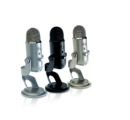
Blue Microphones Yeti – Hardware Review
Not that long ago, we dabbled inside the world of microphones, and even though we have reviewed many headsets over the years, we shamefully admit lacking standalone microphone reviews. Luckily Blue Microphones allowed us to test two of their devices, one of which was the somewhat lower end device the Snowball iCE, which proved to be a great microphone, well within a very affordable budget. However, now it’s time for us to look at a more high end device, namely the Yeti, which was not only a classy piece to place on our desk, but also proved to offer a bigger bang for its buck. We tried out the pitch black model.
Design
It’s actually hard to describe the black model we received for our review. It would be best described as an actual piece of studio equipment, you’d see on TV shows when they show you the inside of a radio studio, or even recording studios, albeit with a somewhat thicker pedestal than most, as it isn’t supposed to be placed on another surface than a table or a desk.
Overall the microphone resembles the microphones of news reporters, albeit without the foamy piece on top and the necessary logo of their broadcasting channel. You’ll be treated to a sleek and classy device, with a solid and heavy base, all creating a very professional looking whole. As stated before, the top isn’t covered by foam, it’s just gridded ‘metal’, which simply looks great.
The microphone itself has three rotary encoders, and one button, all adorned in the same black as the microphone, safe for the markers to indicate which position the encoders are on, and the small LED light on the button, to see if you have muted your microphone or not. Other than that, the microphone doesn’t come with any special or noticeable features appearance wise.
Comfort
Again, as far as microphones go, there isn’t that much to say about the comfort features of the device, safe for the solid and heavy base, making it very hard to knock over. Other than that, the dials are easy to work with, and easily accessible. You can also tilt the microphone in its base, making it easier to direct it towards you. Simply put, the device has the features it’s supposed to have and that’s pretty much it.
Specs
- Power Required/Consumption: 5V 150mA
- Sample Rate: 48 kHz
- Bit Rate: 16-bit
- Capsules: 3 Blue-proprietary 14mm condenser capsules
- Polar Patterns: Cardioid, Bidirectional, Omnidirectional, Stereo
- Frequency Response: 20Hz – 20kHz
- Max SPL: 120dB (THD: 0.5% 1kHz)
- Dimensions (extended in stand): 4.72″ (12cm) x 4.92″(12.5cm) x 11.61″(29.5cm)
- Weight (microphone): 1.2 lbs (.55 kg)
- Weight (stand): 2.2 lbs (1 kg)
Overview
Much like the Snowball iCE, the Yeti comes with no additional software, no extra disc with drivers, which means it’s a simple plug and play device. Again, especially seeing this is a rather professional device, we’re kind of sorry it doesn’t come with a proper recording program, or something that could help you on your way to start recording great tracks, voiceovers, stream and so on. Nonetheless, the moment you plug in the device, you’re pretty much good to go to use the Yeti. That being said, compared to the Snowball iCE, the Yeti does come with a lot more options in terms of recording, adjusting settings and other basic functions.
Like we just mentioned, the Yeti has more options than the fairly standardized Snowball iCE. With the Yeti you can choose between four different recording options, each serving their own purpose, where one is better for vocals and instruments, while others are better for interviews, streaming, podcasts or even conference calls or other omni-directional recordings. Truth be told, while there were some differences noticeable in each of these options, the differences didn’t always prove to be that significant, that accidently picking the wrong recording mode would botch your recording(s). If you have too much outside interference, you can also mess around with the gain switch, hoping to balance things out. Other features include a simple mute button and a volume switch, all adding to the amount of control you have over your recording(s).
While the sound on the receiving end of the conversation, stream or recording is rather crisp and clear, the Yeti does pick up more excess noise than the Snowball iCE, as the Yeti tries to record everything as clear as possible, thus all that’s going on in your private ‘bubble’, or homemade studio. If you make sure there’s no TV playing, or someone screaming in the background, you’ll do just fine.
Conclusion
Blue Microphones’ Yeti might be a bit higher in terms of price range, but it certainly offers that more value for its price. This microphone is pretty much studio equipment that will please both professional streamers, interviewers or those who just want proper audio recording equipment. Not only does this microphone look like a high end device, it offers the quality of one, a hefty amount of different recording options, a decent range of what sounds it picks up, and last but not least, great performance for both casual and veteran streamers.
Blue Microphones Yeti - Hardware Review,
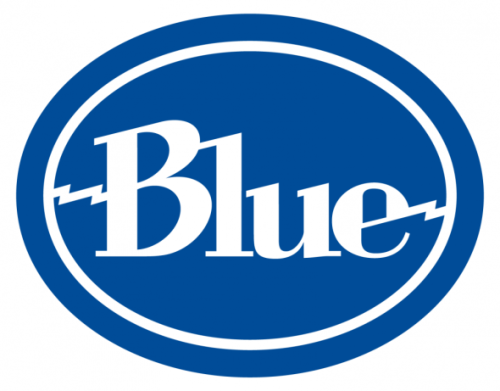
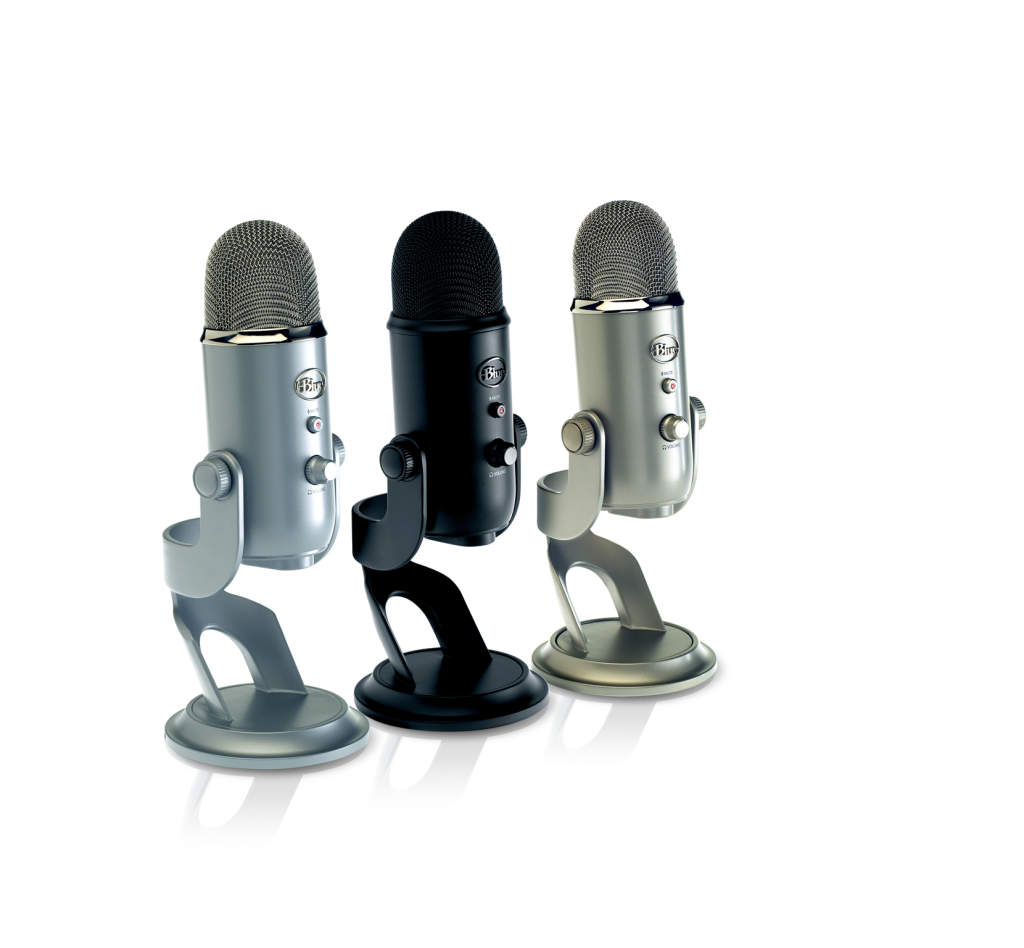
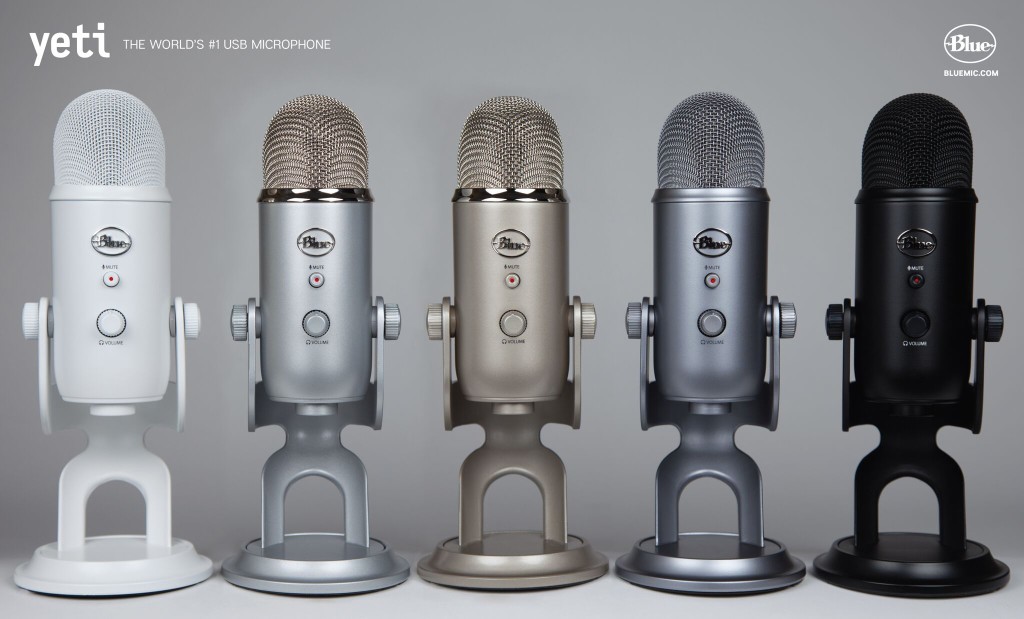
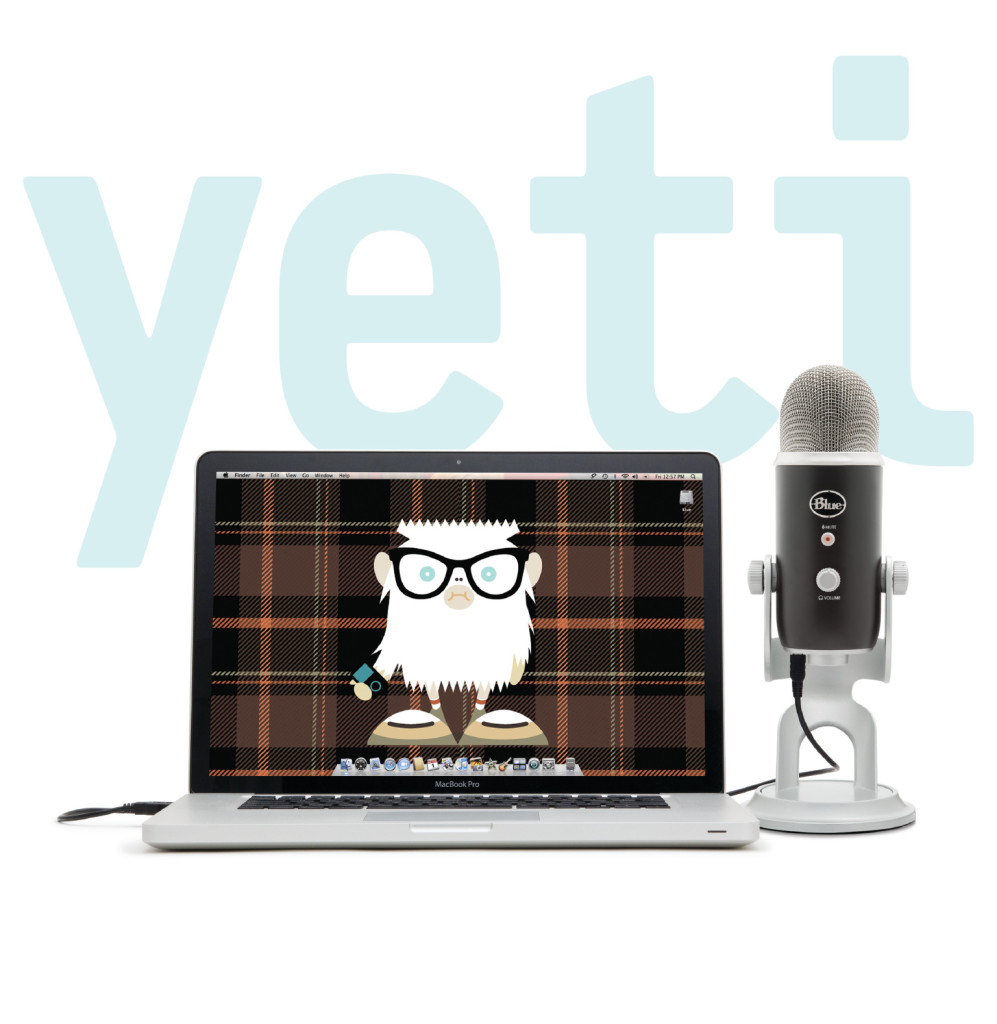
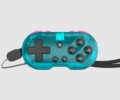
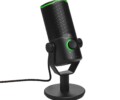
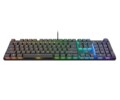
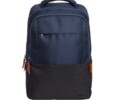
No Comments